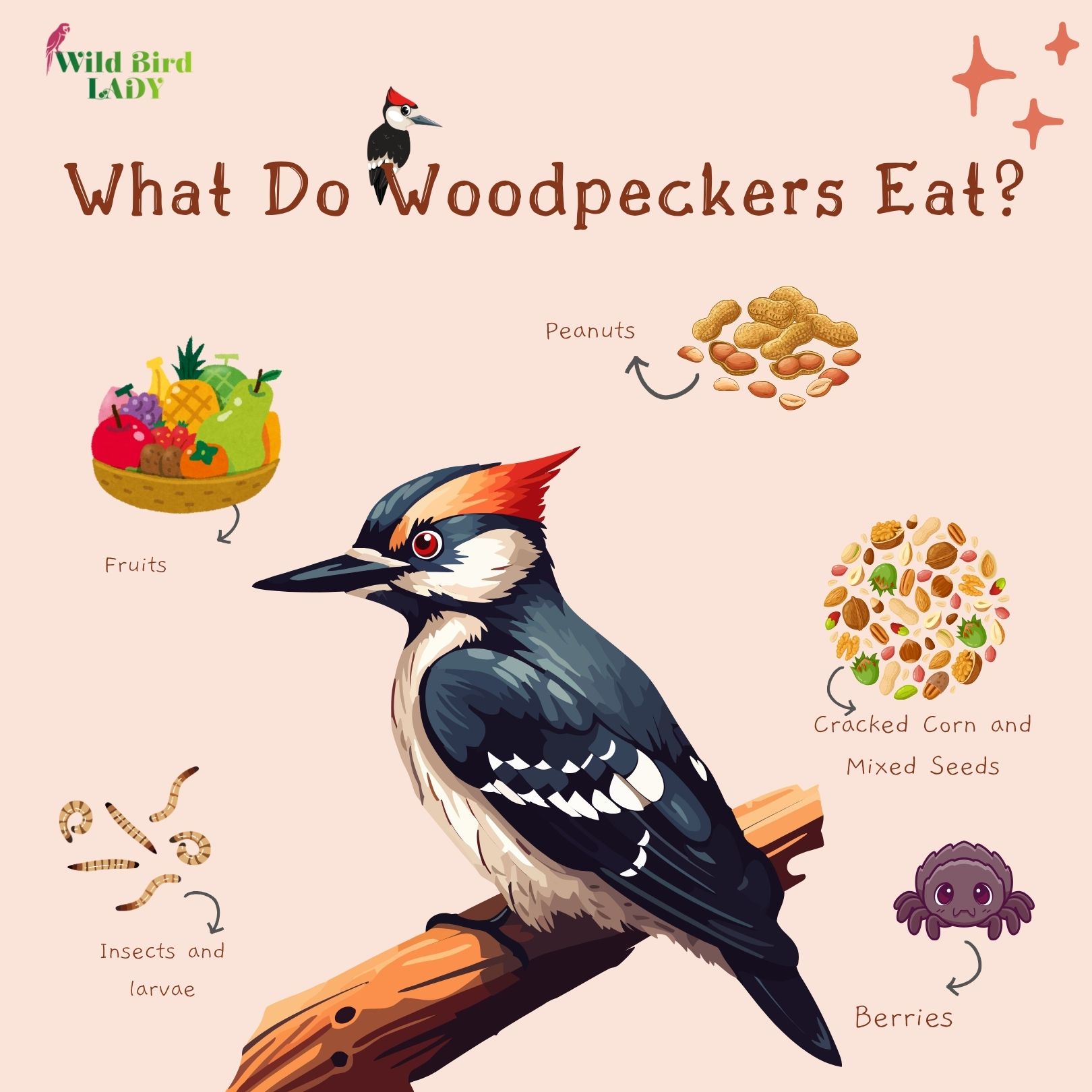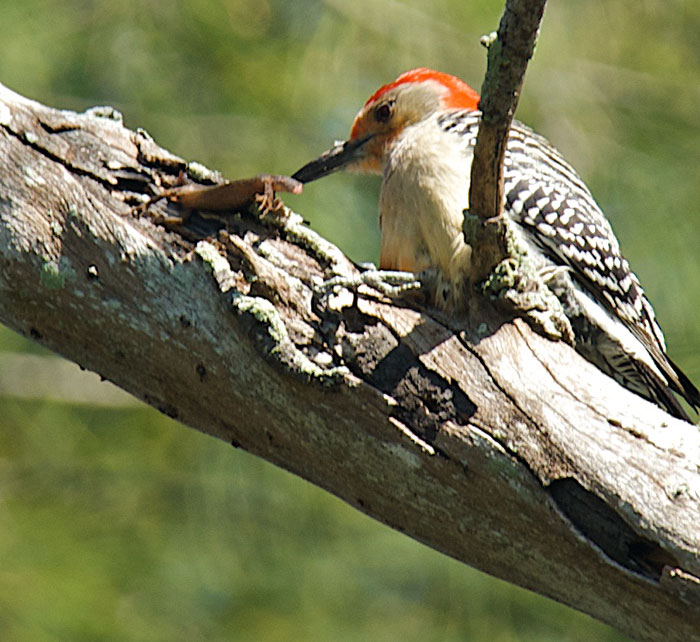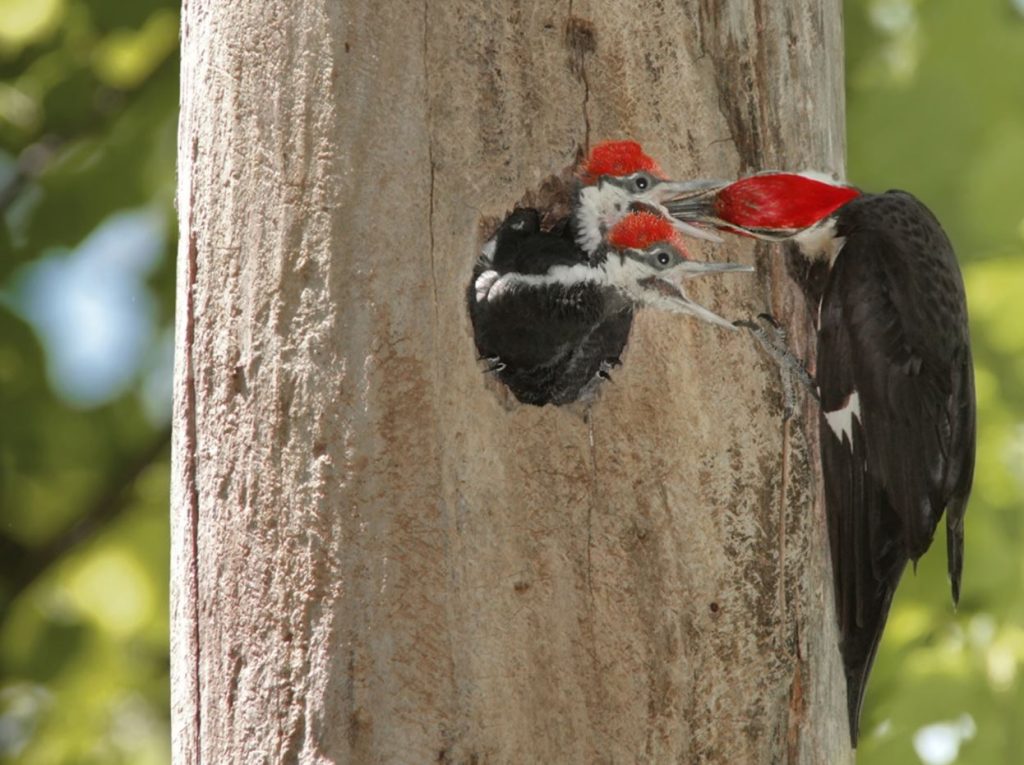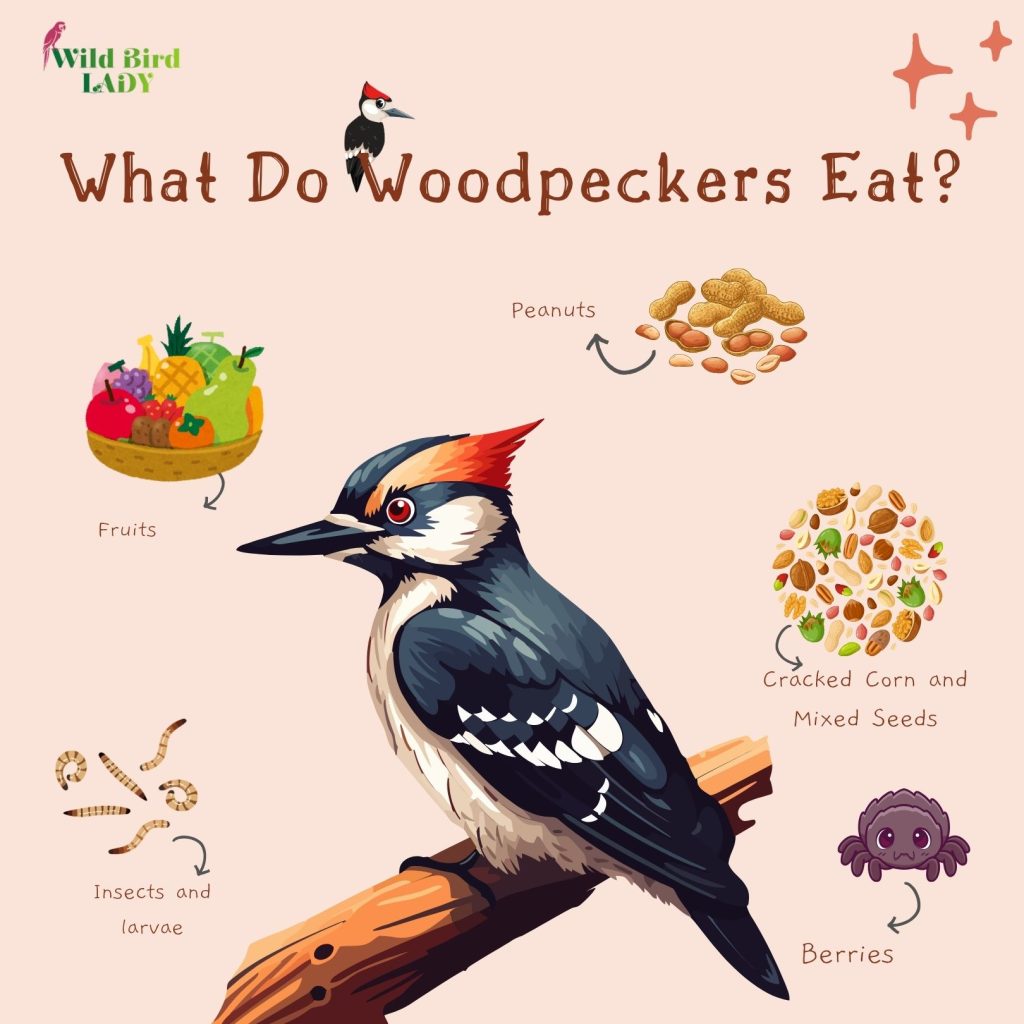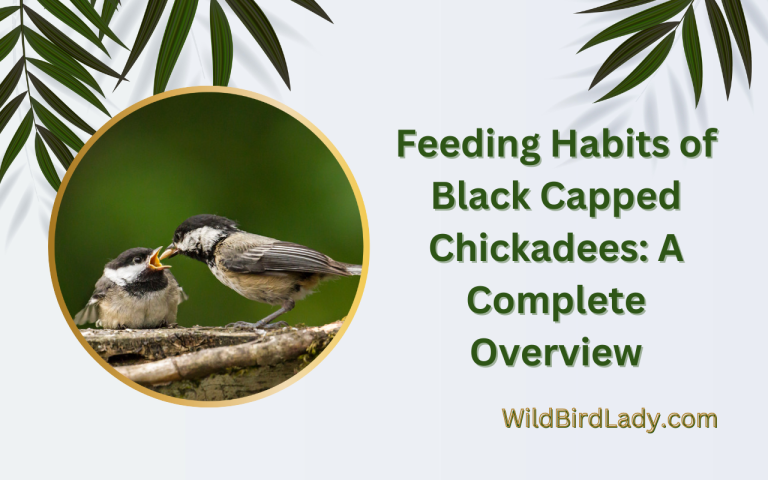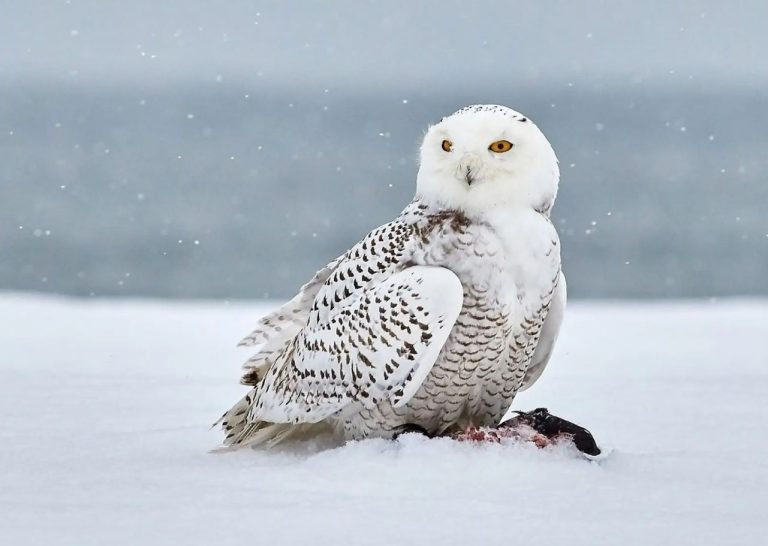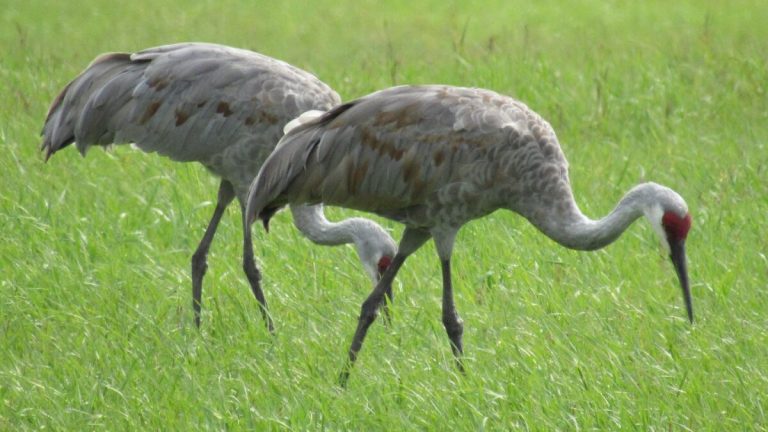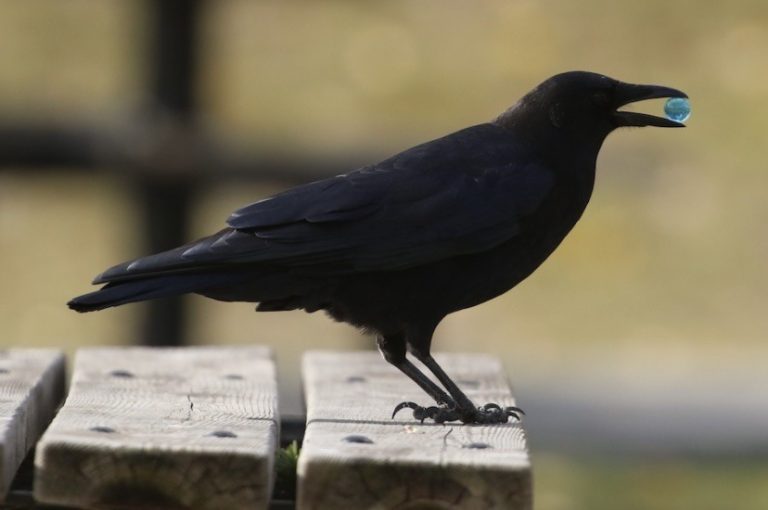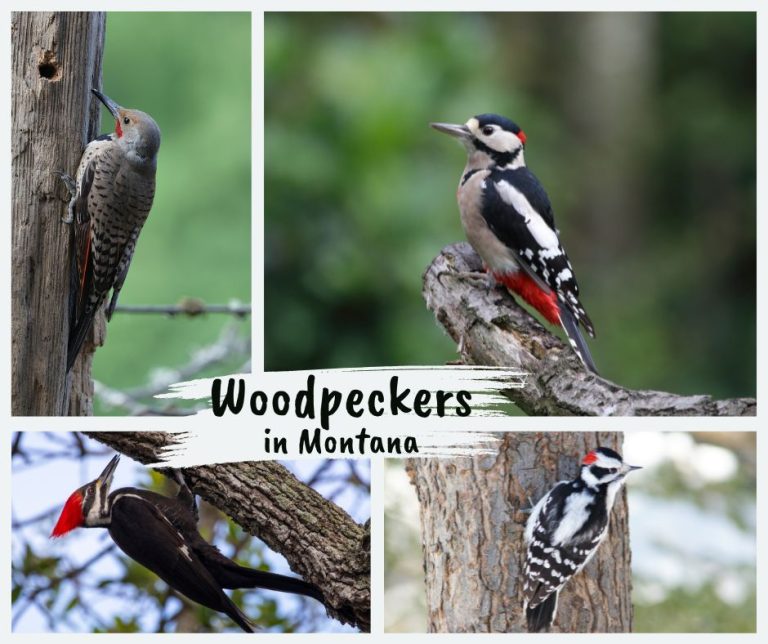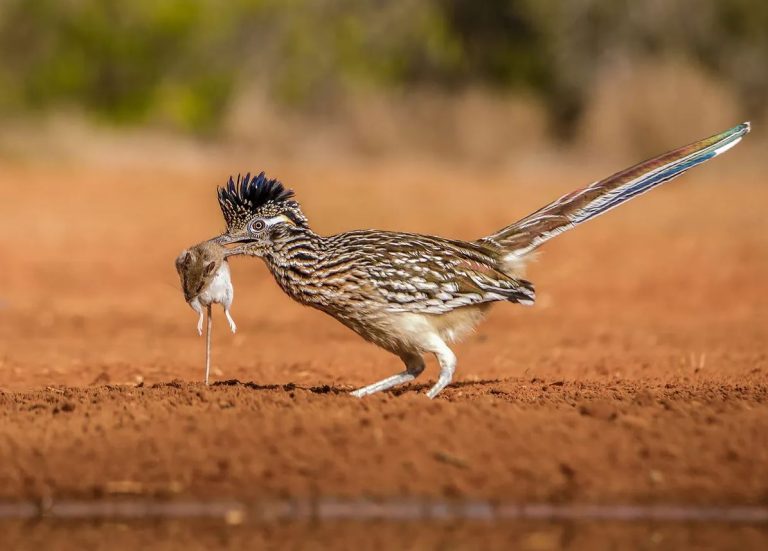What Do Woodpeckers Eat? (And How to Attract Them With the Right Food)
Woodpeckers are some of the most fascinating birds in North America. With their distinctive drumming behavior, vibrant plumage, and acrobatic tree-clinging, they’re hard to miss. But if you’ve ever wondered what do woodpeckers eat or how to attract them to your backyard, you’re not alone. These birds have unique dietary preferences that differ greatly from your average backyard visitor.
In this complete guide, we’ll explore everything you need to know about woodpecker food, including what they eat in the wild, what to feed them at home, and how to make your yard irresistible to these charismatic birds.
What Do Woodpeckers Eat in the Wild?
In the wild, woodpeckers are omnivores with a diet that varies depending on the season and species. Their most common wild foods include:
- Insects and larvae – especially wood-boring beetles, ants, termites, and caterpillars.
- Tree sap – some species, like the Yellow-bellied Sapsucker, drill holes to lap up sap.
- Fruits and berries – such as elderberries, dogwood, wild grapes, and blackberries.
- Nuts and seeds – acorns, pine seeds, and beechnuts are favorites.
- Spiders and other arthropods – for protein, especially during nesting season.
Woodpeckers have incredibly strong bills and long tongues (some species up to 4 inches!) that help them reach deep into bark crevices or wood to extract insects.
What Do Baby Woodpeckers Eat?
Baby woodpeckers are fed by both parents, and their diet consists almost entirely of soft-bodied insects, like:
- Caterpillars
- Ant larvae
- Beetle grubs
- Spiders
Since baby woodpeckers can’t digest hard foods right away, adults regurgitate softened insects into their mouths until they grow strong enough to forage.
What Do Woodpeckers Eat in Winter?
Winter presents a challenge for woodpeckers, especially in northern climates where insects are scarce. But these resourceful birds adapt by:
- Switching to high-fat foods like nuts, suet, and seeds.
- Drilling into dead trees to find overwintering insect larvae.
- Feeding on stored acorns or cached food hidden earlier in the season.
If you live in a cold region, offering winter-friendly woodpecker food like suet and shelled peanuts can be a lifeline for these birds.
Best Foods to Offer in Your Backyard
Want to attract woodpeckers to your yard? Here’s a list of the best woodpecker food options:
1. Suet
Suet is the #1 food for woodpeckers, especially in fall and winter. It’s made from rendered animal fat and provides high-energy sustenance. Use:
- Plain suet cakes
- Suet with nuts, fruits, or insects
- No-melt suet in warmer climates
Hang suet in a cage feeder, ideally near a tree or quiet area.
2. Peanuts
Woodpeckers love both shelled and unshelled peanuts. They offer protein and fat, crucial for cold weather survival.
- Use a peanut feeder or platform tray.
- Avoid salted or flavored peanuts.
3. Black Oil Sunflower Seeds
A favorite of many birds, black oil sunflower seeds are ideal for woodpeckers because of their:
- Thin shells (easy to crack)
- High fat content
- Broad availability
Offer them in hopper feeders, tube feeders, or mixed seed blends.
4. Mealworms
Dried or live mealworms are a great protein source, especially in spring when woodpeckers feed their chicks.
- Offer in a dish or tray feeder.
- Combine with fruit for added appeal.
5. Fruits
Woodpeckers have a sweet tooth. Try:
- Apple slices
- Orange halves
- Raisins
- Berries
Stick fruit on branches or use fruit feeders.
6. Cracked Corn and Mixed Seeds
Less common, but still appreciated by larger woodpecker species. Use sparingly as part of a mix.
How to Choose the Right Woodpecker Feeder
Not all bird feeders work for woodpeckers. These birds prefer sturdy, vertical feeders that mimic tree trunks.
Best Woodpecker Feeder Types:
- Suet Cage Feeders – Secure and perfect for clinging.
- Tail Prop Feeders – Have a board extending down to support the woodpecker’s tail.
- Platform Feeders – Great for peanuts, mealworms, or fruit.
- Log Feeders – Hollowed-out logs with holes for stuffing suet or peanut butter.
Place feeders near trees or quiet areas and keep them clean to prevent mold or bacteria buildup.
What Not to Feed Woodpeckers
While woodpeckers aren’t overly picky, avoid giving them:
- Bread – Low in nutrition and can cause health problems.
- Salty or seasoned foods – Harmful to birds’ kidneys.
- Raw peanuts – They can harbor mold or aflatoxins if not stored properly.
- Greasy human food – Bacon grease, processed fat, or leftovers are not safe.
Always offer fresh, high-quality woodpecker food in clean feeders.
Natural Ways to Attract Woodpeckers
Feeding woodpeckers is a great way to get their attention, but long-term attraction comes from creating a natural, bird-friendly habitat. By mimicking what they seek in the wild—food sources, shelter, and safety—you can transform your yard into a woodpecker haven. Here are some of the most effective and eco-friendly ways to do it:
1. Plant Native Trees and Shrubs That Offer Food and Shelter
Native vegetation is one of the best long-term investments for attracting woodpeckers. Unlike ornamental plants, native trees and shrubs have evolved with local insects and climates, making them a natural buffet and shelter source for birds.
Woodpeckers especially love:
- Oak Trees – Produce acorns and support hundreds of caterpillar species (a favorite food).
- Pine Trees – Provide pine seeds and are often home to bark-dwelling insects.
- Dogwood – Offers berries during the fall and hosts insect larvae beneath the bark.
- Maple Trees – Produce sap that some woodpeckers, like sapsuckers, feed on directly.
Bonus: Native plants also attract other bird species, butterflies, and pollinators—creating a balanced mini-ecosystem right in your backyard.
Tip: Try to include a mix of tree heights and understory shrubs for variety and vertical space.
2. Leave Dead Trees (Snags) Intact When Safe
It may seem counterintuitive, but dead trees—known as snags—are woodpecker goldmines. These decaying trunks are teeming with beetle grubs, ants, termites, and other insects that make up a large part of a woodpecker’s diet. Even more importantly, many woodpeckers excavate their nests in the soft wood of standing dead trees.
By leaving snags standing (provided they don’t pose a danger to your home or people), you’re offering:
- Food – Rich insect life under loose bark and decaying wood.
- Shelter – Ideal nesting and roosting cavities.
- Territory – Woodpeckers are territorial and return to favored snags year after year.
🪵 Tip: If a tree must be cut, consider leaving a 10–20 ft. stump for cavity-nesting birds.
3. Install Nesting Boxes for Cavity-Nesting Species
Not all yards can support natural cavities in old trees. If that’s your case, a well-designed nesting box can provide the next best thing.
These boxes are especially effective for species like:
- Downy Woodpeckers
- Red-bellied Woodpeckers
- Northern Flickers
When selecting or building a box, make sure it meets the following criteria:
- Entrance hole size: 1.5–2 inches in diameter (species-specific).
- Depth: At least 8–12 inches to mimic a natural cavity.
- Unpainted wood interior: Helps nestlings grip and climb.
- Ventilation holes: Prevents overheating.
- Predator guard: A metal ring around the hole helps deter squirrels or raccoons.
Installation Tip: Mount the box on a tree trunk or pole 10–20 feet high, facing away from prevailing winds, and make sure it’s out of reach from ground predators like cats or raccoons.
4. Minimize or Eliminate Pesticide Use
Chemical pesticides may seem like a quick fix for garden pests, but they also eliminate the very insects that woodpeckers rely on for food—especially during breeding season when they need protein-rich diets for their chicks.
Common pesticides can:
- Kill or reduce caterpillars, beetle larvae, and ants
- Poison birds directly through contaminated food
- Disrupt the food chain, affecting multiple bird species
Instead, opt for organic pest control solutions like:
- Neem oil or insecticidal soap (safe for birds and pollinators)
- Companion planting to naturally repel harmful insects
- Manual removal of pests when practical
Go Green Tip: The more insects your yard has, the more inviting it becomes for insectivores like woodpeckers.
5. Add a Bird-Friendly Water Source
While woodpeckers get moisture from sap and juicy insects, they still appreciate clean, accessible water. Especially during hot or dry months, a shallow birdbath or water fountain can draw them in.
- Keep the water fresh and clean to avoid algae buildup.
- Add small stones or sticks for easy perching.
- Place the water source near trees or shrubs for a sense of security.
Tip: In winter, consider a heated birdbath so birds can drink even when temperatures drop.
6. Avoid Loud Noises and Yard Disturbances
Woodpeckers are shy compared to other backyard birds. Excessive noise from leaf blowers, chainsaws, or barking dogs can scare them off for good. Likewise, constantly disturbing the areas around feeders or nesting spots may cause them to abandon an area.
To help them feel at home:
- Keep feeders and nest boxes in quiet, low-traffic areas.
- Observe from a distance.
- Let wild areas grow more naturally when possible.
Quiet Zone Tip: If you regularly host woodpeckers, designate part of your yard as a semi-wild “bird sanctuary” and limit human activity there.
By making your backyard more inviting through natural landscaping, safe shelter, and minimal chemicals, you’re not just attracting woodpeckers—you’re helping support local biodiversity. These intelligent, insect-eating birds are not only fun to watch but also play a crucial role in keeping ecosystems balanced.
Let nature do the hard work, and the woodpeckers will come knocking—literally!
Common Woodpecker Species and Their Favorite Foods
Here are some of the most common North American woodpeckers and what they love to eat:
| Woodpecker Species | Favorite Foods |
|---|---|
| Downy Woodpecker | Suet, peanuts, sunflower seeds |
| Hairy Woodpecker | Insects, suet, nuts |
| Red-bellied Woodpecker | Fruits, nuts, sunflower seeds |
| Northern Flicker | Ants, beetles, suet, fruit |
| Pileated Woodpecker | Carpenter ants, suet, fruits, nuts |
| Yellow-bellied Sapsucker | Tree sap, insects, fruit |
| Red-headed Woodpecker | Acorns, insects, fruit, suet |
Each species has slight variations in diet based on habitat, but the essentials—protein, fat, and sugar—stay consistent.
Frequently Asked Questions
Do woodpeckers eat hummingbird nectar?
Yes, especially sapsuckers. They are attracted to the sugar in nectar and may drink from hummingbird feeders.
Will woodpeckers eat from tube feeders?
Larger woodpeckers may struggle, but smaller ones like Downy Woodpeckers can manage. Tail support feeders are better options.
Is peanut butter safe for woodpeckers?
Yes—in moderation. Mix with cornmeal or oats to reduce stickiness and avoid choking hazards.
Can I attract woodpeckers year-round?
Absolutely. With suet, peanuts, and native trees, woodpeckers will visit even during the coldest months.
Final Thoughts
So, what do woodpeckers eat? Quite a variety, from ants and beetles to suet and fruit. By understanding their natural diet and offering the right types of woodpecker food, you’ll not only attract these amazing birds to your backyard but also support their survival and breeding.
Whether you’re in a rural forest or a suburban neighborhood, woodpeckers are always within reach—if you give them what they’re looking for.
If you enjoyed this guide, be sure to check out our in-depth article on What Do Bluebirds Eat? 7 Favorite Foods That Keep Them Coming Back! and The Natural Diet of Doves: Revealing the Wild’s Best Kept Secret

